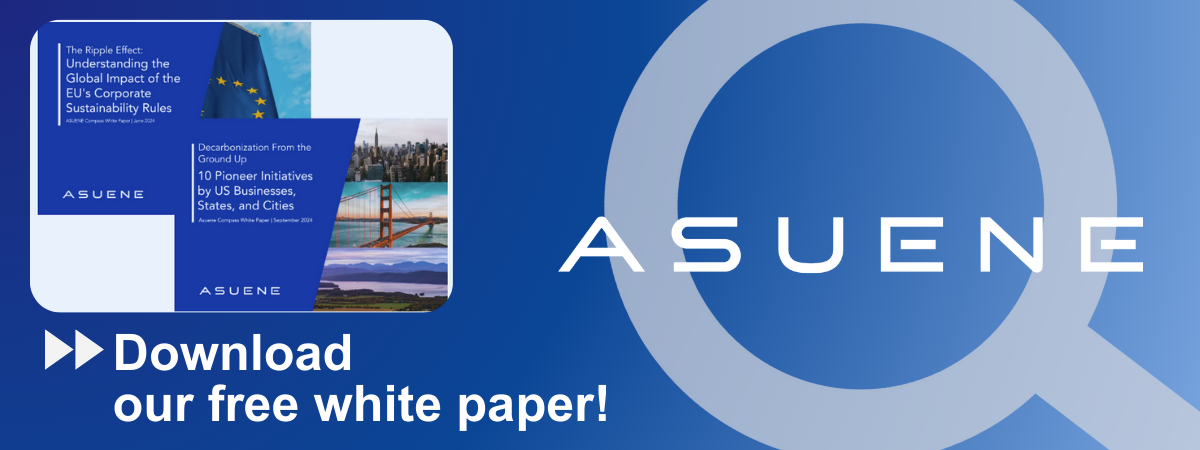- Article Summary
-
Overview: Why the Carbon Pricing Debate Still Matters in 2025
As the global economy inches closer to critical net-zero deadlines, carbon pricing remains one of the most powerful tools available for reducing greenhouse gas emissions. Two primary approaches dominate the policy landscape: carbon taxes and emissions trading systems (ETS). While both aim to internalize the external costs of carbon emissions, they do so through distinct mechanisms that reflect differing economic philosophies, political dynamics, and regulatory cultures.
In 2025, the carbon pricing debate is more than academic. The European Union’s Carbon Border Adjustment Mechanism (CBAM) is reshaping international trade and compliance frameworks. Meanwhile, the United States maintains a fragmented approach, relying on subnational ETS schemes while eschewing a federal carbon tax. Canada, China, and other key players add further complexity to this mosaic.
This article delves into the evolving global carbon pricing landscape, exploring whether the world is heading toward regulatory convergence or further entrenching divergent paths. Through comparative analysis, policy trend review, and jurisdictional case studies, we aim to illuminate how governments are aligning (or not) on the road to decarbonization.
Carbon Tax vs. ETS: Conceptual Foundations and Key Differences
At their core, carbon taxes and ETS share the same objective: reduce greenhouse gas emissions by putting a price on carbon. Yet their means to that end differ substantially.
Mechanism:
- A carbon tax sets a fixed price per ton of CO2 emitted. It provides price certainty but does not guarantee a specific emissions outcome.
- An ETS, often referred to as cap-and-trade, sets a firm limit (cap) on total emissions and allows regulated entities to trade emission allowances. It ensures environmental outcomes but can lead to volatile prices.
Administrative Complexity:
- Carbon taxes are typically simpler to administer and understand. They integrate easily into existing fiscal systems.
- ETS requires infrastructure for monitoring, reporting, verification (MRV), and market oversight.
Flexibility and Adaptability:
- Carbon taxes provide consistent pricing, which can be gradually increased to meet targets.
- ETS systems offer dynamic flexibility. Allowances can be banked, borrowed, or auctioned. New sectors can be phased in over time.
Economic and Investment Signals:
- Carbon taxes send a stable, predictable signal to businesses and investors.
- ETS prices can fluctuate based on market dynamics, potentially undermining long-term investment planning.
Political Economy:
- Carbon taxes face opposition due to their transparency, yet they also provide revenue that can be recycled for social equity or green investments.
- ETS schemes may be more politically acceptable, as they obscure direct cost visibility.
Table: Key Differences Between Carbon Taxes and Emissions Trading Systems (ETS)
| Feature | Carbon Tax | Emissions Trading System (ETS) |
|---|---|---|
| Price Certainty | High – Fixed price per ton | Low – Market-driven price |
| Emission Certainty | Low – Depends on response | High – Cap guarantees outcome |
| Administrative Simplicity | Simple to implement | Requires complex MRV & market design |
| Political Acceptability | Often contentious due to visibility | Sometimes more acceptable politically |
| Investment Signal | Stable and predictable | Price volatility can create uncertainty |
| Revenue Use | Collected by government | Can be allocated or auctioned |
2025 Regulatory Landscape: Fragmentation or Harmonization?
Carbon pricing has expanded globally, but policy approaches remain fragmented. The following snapshots highlight the diversity of current frameworks.
European Union: The EU ETS is now in its fourth phase, covering over 10,000 installations and accounting for nearly 40% of the EU’s emissions. Prices hover between €90–€100/ton in 2025. The implementation of CBAM, which targets imported steel, aluminum, cement, fertilizers, electricity, and hydrogen, is pushing global supply chains to align with EU climate standards.
United States: There is no federal carbon tax or national ETS. However, California’s Cap-and-Trade Program and the Regional Greenhouse Gas Initiative (RGGI) in the Northeast continue to drive subnational efforts. The Inflation Reduction Act (IRA), while transformative, leans heavily on subsidies and tax credits rather than explicit carbon pricing.
Canada: Canada operates a dual framework. The federal carbon tax (CAD $110/ton in 2025) serves as a backstop in provinces without their own pricing systems. The Output-Based Pricing System (OBPS) complements the tax by covering large emitters and allowing credit trading.
China: China’s national ETS, launched in 2021, now includes power and industrial sectors. Although allowance prices remain low (~¥70/ton), the government is investing in MRV systems and preparing to include more sectors. Transparency remains a challenge.
Case Studies: Policy Design and Market Behavior in Leading Jurisdictions
EU ETS + CBAM: The EU’s ETS remains the gold standard for market-based carbon pricing. With the advent of CBAM, the EU now exports its carbon pricing philosophy via trade policy. The system’s strong MRV, auction mechanisms, and reinvestment of revenues into green innovation have enhanced its credibility. Yet challenges remain, particularly around international compliance and WTO disputes.
Canada’s Hybrid Model: Canada exemplifies policy innovation. By combining a steadily rising carbon tax with an output-based system for industry, it achieves both price certainty and emissions coverage. Revenues are redistributed to households and clean tech initiatives, helping offset regressive impacts.
California + RGGI: California’s system, linked with Quebec’s, uses auction revenue for clean transportation and energy efficiency. RGGI’s multistate framework proves regional coordination is possible even in federal policy vacuums. However, both systems face criticism for low allowance prices and permit oversupply.
Sweden’s Carbon Tax: Sweden has had a high carbon tax since the 1990s, now exceeding €130/ton. Its emissions have dropped significantly while GDP has grown; debunking fears of economic stagnation. The tax is paired with strong social policy to ensure fairness.
China’s ETS: Still in its infancy, China’s ETS faces significant MRV and enforcement hurdles. Nonetheless, its scale and political commitment signal long-term potential. The ETS will likely evolve into a multi-sector market with stronger price signals over the next decade.

Policy Considerations: Carbon Leakage, Allocation Strategies, and Carbon Tariffs
As carbon pricing systems become more prevalent and ambitious, several cross-cutting policy challenges have emerged globally:
Carbon Leakage: One of the most debated risks is that industries subject to strict carbon pricing might relocate to jurisdictions with laxer climate policies, undermining both competitiveness and global emissions goals. Mechanisms like the EU’s CBAM aim to mitigate this risk by levelling the playing field through border adjustments.
Allowance Allocation: In ETS regimes, the choice between free allocation and auctioning allowances has major implications. Free allocation can ease the transition for trade-exposed industries but risks windfall profits and weaker incentives to decarbonize. Auctioning, by contrast, generates public revenue but can be politically sensitive.
Carbon Tariffs and Trade Tensions: Measures like CBAM have global repercussions. While they encourage climate action beyond domestic borders, they also provoke concerns around WTO compatibility, protectionism, and fairness for developing nations.
These considerations are shaping how jurisdictions fine-tune their systems, not just for effectiveness, but also for equity, competitiveness, and international cooperation.
Conclusion: Pathways to Convergence or Managed Divergence?
In 2025, carbon pricing systems remain diverse in design but increasingly aligned in purpose. CBAM is accelerating harmonization by incentivizing trading partners to adopt ETS-like systems or transparent carbon taxes. The rise of voluntary carbon markets, ESG disclosure mandates, and digital MRV tools are further enabling interoperability.
Yet convergence does not mean uniformity. Political realities, economic structures, and historical preferences will continue to shape national choices. A future of “managed divergence” where diverse systems share common reporting standards, cross-border recognition, and transparent benchmarks appears most realistic.
Ultimately, the success of carbon pricing lies not in policy purity but in its ability to drive down emissions equitably and efficiently. In this shared mission, both carbon taxes and ETS have vital roles to play.
Why Work with ASUENE Inc.?
Asuene is a key player in carbon accounting, offering a comprehensive platform that measures, reduces, and reports emissions, including Scope 1-3. Asuene serves over 10,000 clients worldwide, providing an all-in-one solution that integrates GHG accounting, ESG supply chain management, a Carbon Credit exchange platform, and third-party verification.
ASUENE supports companies in achieving net-zero goals through advanced technology, consulting services, and an extensive network.


